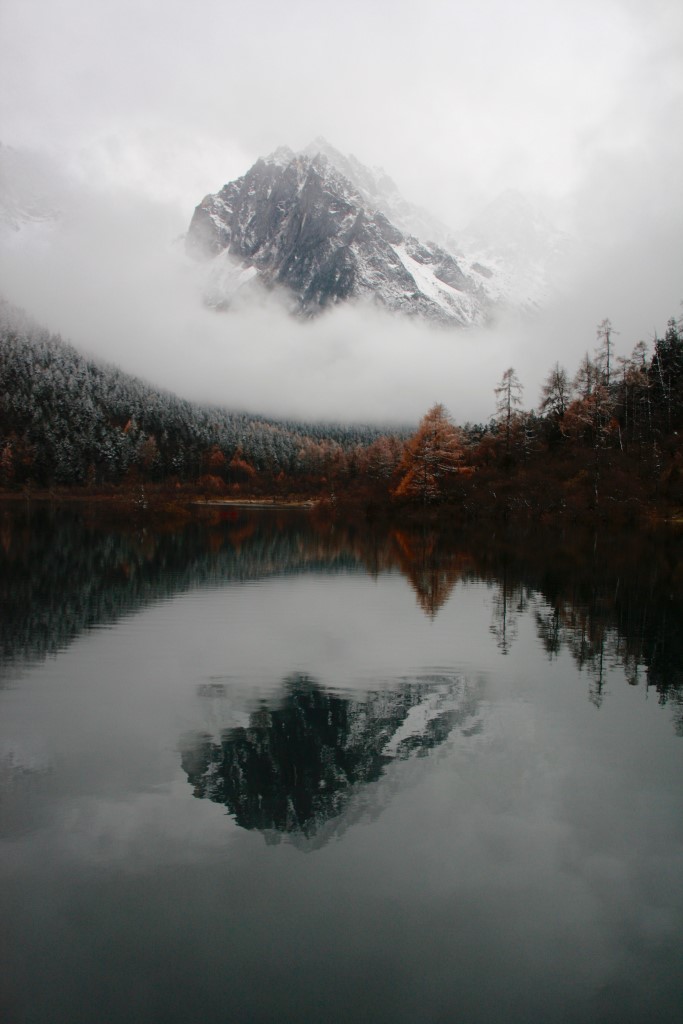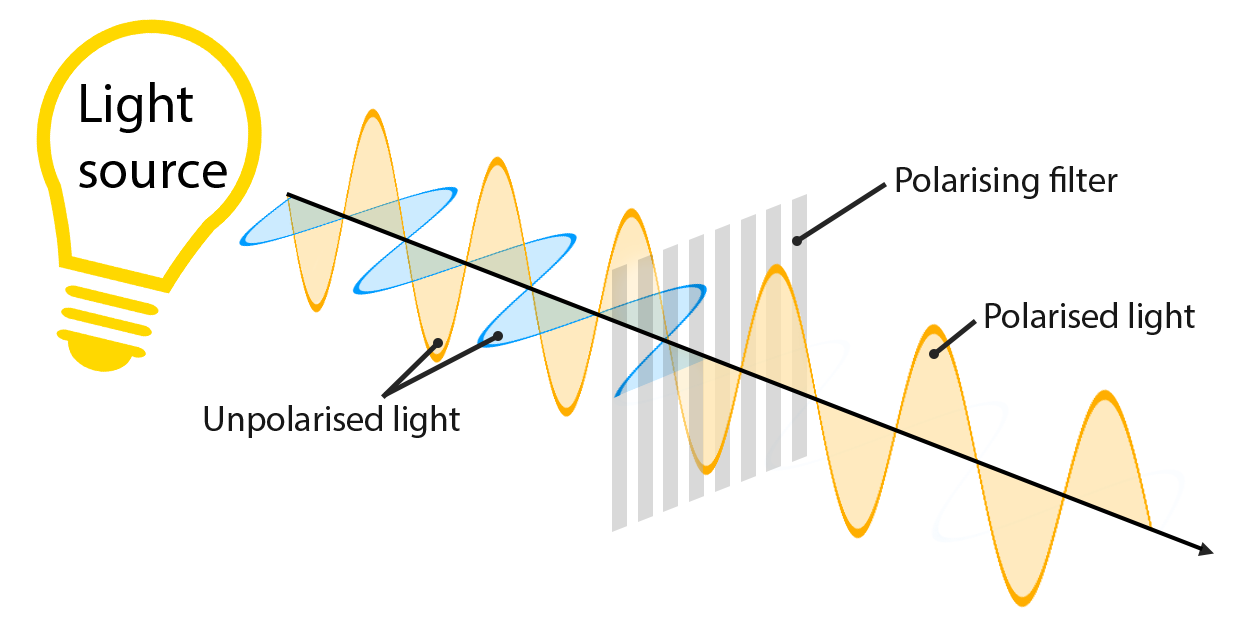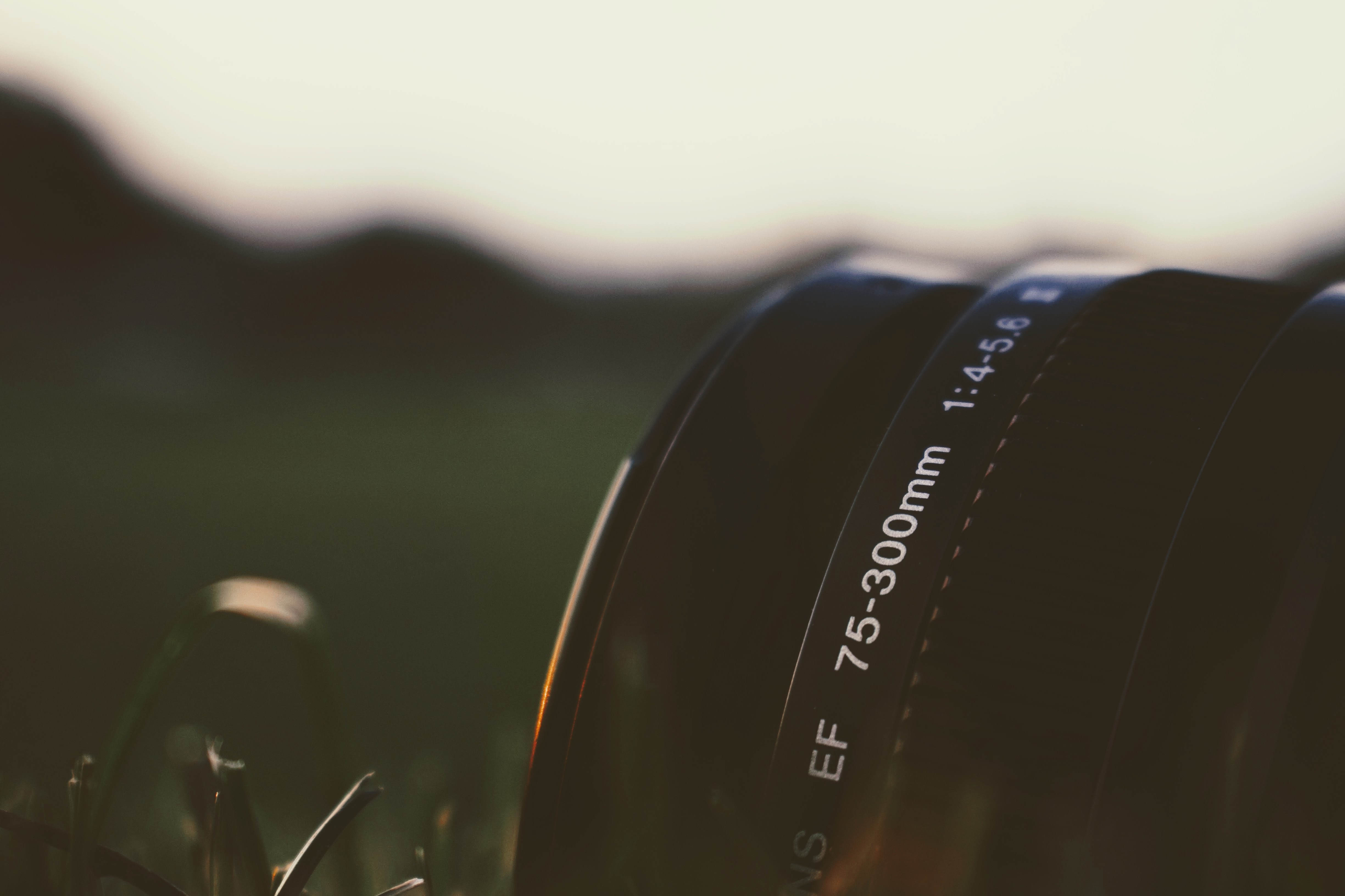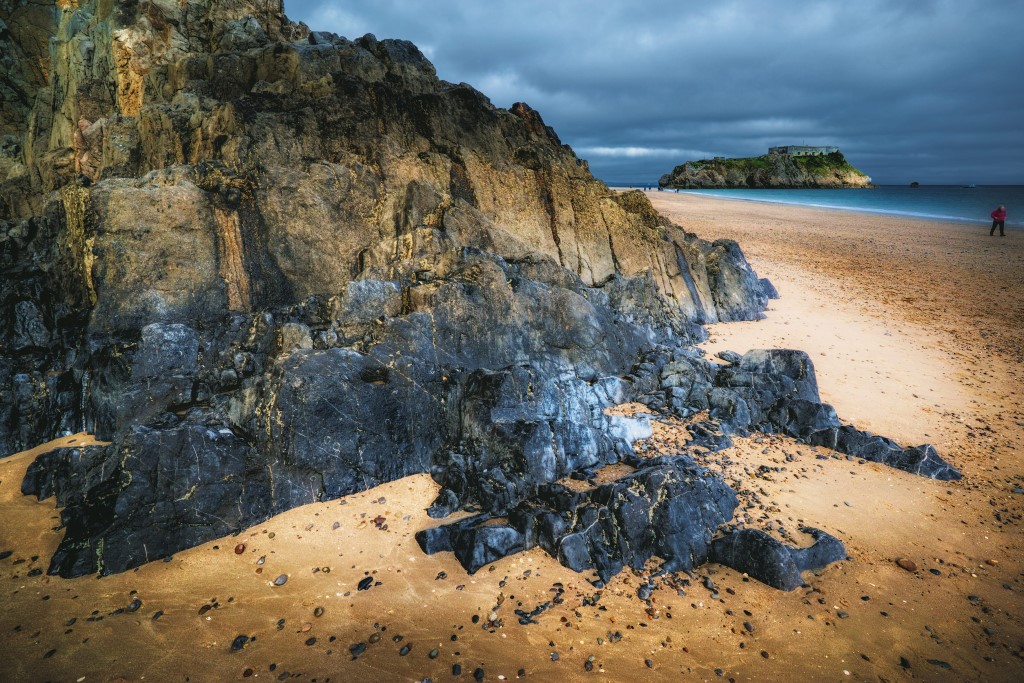
How to Use a Circular Polarizer

Photo by William Bayreuther on Unsplash
Circular polarizers are oftentimes confusing because with the advent of editing software, it seems like they’re a waste of time. Why not just use Photoshop to create the same effects?
Well, it’s impossible to replicate the effects of a circular polarizer in post-production. Plus, you can get a good circular polarizer on the cheap.
Besides, using a polarizer is a quick and simple process, and if you ask me, I’d rather spend more time actually out in a beautiful landscape with my polarizer than hunched over my computer in my office trying to Photoshop my way through it.
I’m going to walk you through the way a polarizing filter works, why you need it for particular types of photography, and how you can get the most out of your polarizer with the least amount of work.
Table of Contents
- Why Do You Need a Polarizer for Landscape Photography?
- What Does a Polarizing Filter Do?
- How to Use a Circular Polarizer
- How to Get the Most Out of a Polarizer
- Watch Out For These Common Problems With Polarizing Filters
Why Do You Need a Polarizer for Landscape Photography?

Photo by Arnaud Jaegers on Unsplash
Polarizers create depth, contrast and a richness in your photographs you could otherwise never achieve.
While using your polarizer for landscape photography, glare will be minimized (think water and wet foliage) and will instead create dark blue skies, vibrant clouds that were barely visible to you before you took the shot, and a lake bed littered with rocks instead of just a 2-dimensional reflection of the surrounding landscape.
Not bad, right?
What Does a Polarizing Filter Do?
Among other things, polarizing filters lessen glare in your photos (as discussed by Evan Ranft in the video above).
In order to understand how these filters reduce glare, you need to understand how light works.
Essentially, light moves in two ways at once. It moves forward while also moving within itself. A polarizing filter removes one aspect of light in order to reduce glare.
This also means that polarizing filters only work to a certain degree in some circumstances. A polarizing filter will never entirely get rid of glare because it’s caused by the movement of light, and that’s not something you can completely eliminate.

For this reason, a circular polarizer works best when it’s pointed perpendicular to the sun. If you point your camera with a polarizer directly at the sun it won’t work and that’s the science of the polarizing filter at work.
What all this means for you, though, is you’ll need to experiment with your polarizer both by moving your camera and by moving the polarizer inside its filter housing.
You’ll also need to experiment with what types of polarizers work for your type of photography. The polarizer I recommend to everyone is Kenko’s Wide Angle Slim Ring polarizer because it’s cheap (around the $30 mark, depending on the size you need) and it works for all types of photography.
If you buy a polarizer any cheaper, you risk getting one with poor quality that won’t filter as much light as you need it to.
If you’re feeling particularly crafty (and you have an old pair of 3D glasses just lying around) you can also make your own polarizer using the instructions in the video above by Pocket Film Academy.
No promises on the quality, though!
How to Use a Circular Polarizer

Photo by Joshua Hoehne on Unsplash
This is probably a good time to explain that there are two shapes of polarizing filters for your camera: circular polarizers and square polarizers.
However, the circular version is way more popular and practical because you can screw it onto your lens.

After you’ve purchased your polarizer, you can screw it into the filter thread in front of your lens. When it’s tightened, you’ll still be able to twist the front part of the filter (but not the back).
Next comes the experimentation part of your circular polarizer I was talking about. You’ll be able to twist your polarizer to reduce and further its effects as you see fit.
Circular polarizers are darkened, so you’ll need to adjust your shutter speed accordingly. I recommend 1.5-2 stops.
Please remember: use a tripod when photographing in poor light with your circular polarizer on. I’ve made that mistake too many times to count and might as well prevent some of you from doing it.
Learn More:
How to Get the Most Out of a Polarizer

Photo by Ian Cylkowski on Unsplash
No ND Filter? No Problem!
A polarizer can secretly function as an ND filter in certain circumstances. Use your circular polarizer as an ND filter by dialing it to maximum polarization and you’ll get a stop or two of filtration.
It’s Not Just About the Sky
Photographers who are new to circular polarizers often make the mistake of only focusing on the sky; they completely forget about the subtle changes a polarizer can make to landscape. Any reflective surface works well, as does any amount of water. Try your circular polarizer on lakes, oceans, and waterfalls, as well as on rocky landscapes. It allows the natural texture of the Earth to jump out so vibrantly.
But If There’s a Rainbow in the Sky…

Photo by Khongor Ganbold on Unsplash
Another trick to the circular polarizer is its ability to enhance rainbows. You’ll need to mess with your own polarizer before you figure out the perfect positioning, but once you do, your background will darken and your rainbow will brighten.
You Don’t Have to Max Out the Polarizer
Another problem I often see in photographs on Flickr is a maxed out polarization effect. Experiment with your polarization. Slowly (very slowly) rotate the outer element on your circular polarizer. The effects may not seem like enough until you see the picture outside of the immediate context of trying to shoot it. Keep track of which photos you shot at certain stops of the polarizer so you can decide in post-production which ones you like best.
Watch Out For These Common Problems With Polarizing Filters
There are 3 common issues most people run into when they’re using a circular polarizer: photos are underexposed, photos have differential polarization, and stacking multiple filters. Pierre T. Lambert covers these and other problems with filters in the video above.
I’ll cover the last one first because it’s just one of those dumb mistakes you regret immediately when you get home. Make sure you take off a lens hood or a UV filter before you put your circular polarizer on. We’ve all done it; don’t be a part of our stupidity.
Another issue, one I briefly touched on earlier, is that you run the chance of underexposing your photos while using a circular polarizer, particularly if you’re shooting in low light.
You can fix this issue quickly: use a longer shutter speed with a tripod.
The final common issue, differential polarization, basically means different parts of your photo have differing amounts of polarization. The way circular polarizers work means that if you’re shooting a wide expanse of space, like a landscape, then light will hit each part of that landscape in a different way. The polarizing filter will work separately on each part of the landscape and will look odd if you don’t fix it.
You can fix this issue one of a few ways: avoid long shots of wide open, blue sky in your photos or dodge and burn the photos in Photoshop.
And that’s a quick rundown of how to use a circular polarizer!
Learn More:
Originally posted on PhotographyTalk.com.




